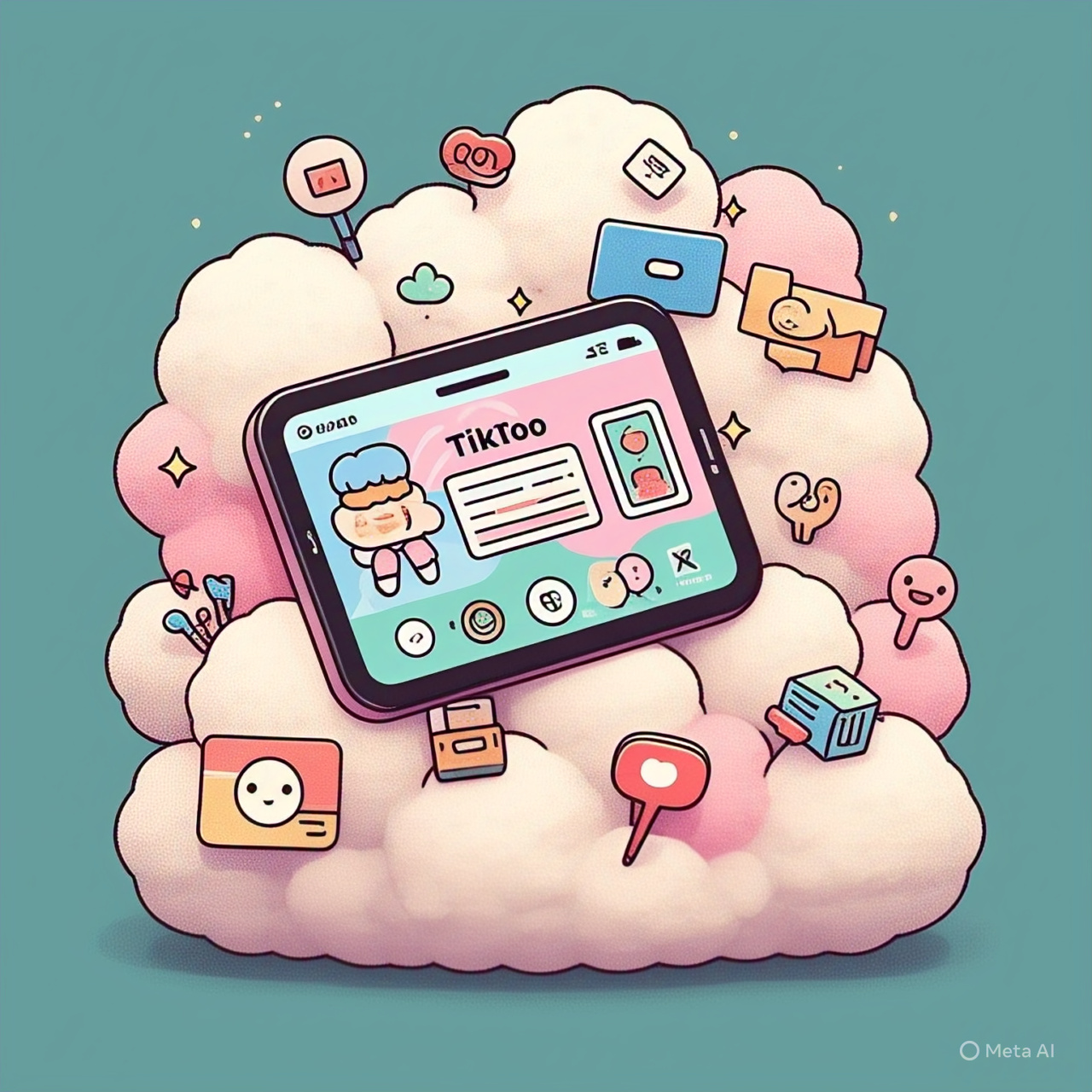Microlearning with Short-Form Video: How to Educate and Engage in Under 2 Minutes
Introduction
In 2025, microlearning and short-form video are reshaping how we learn, market, and engage online. With attention spans shrinking and digital content exploding, audiences crave quick, focused lessons—delivered in under two minutes. Whether you’re a brand, educator, or creator, mastering microlearning with short-form video is now essential for capturing attention and delivering real value.
Why Microlearning and Short-Form Video Are Booming
- Microlearning dominates educational content in 2025, with 2–5 minute lessons now the standard for tutorials, product demos, and skill-building.
- Short-form video is expected to account for 90% of internet traffic by the end of the year, reflecting a major shift toward concise, engaging formats.
- AI-powered tools and mobile accessibility make it easier than ever to create and distribute bite-sized content, boosting retention and engagement.
What Is Microlearning?
Microlearning is the practice of delivering information in small, focused bursts—think mini-videos, quick quizzes, or short podcasts. These lessons typically last from one to five minutes and focus on a single learning objective. The format is designed to fit busy schedules, maximize retention, and allow learners to quickly apply new knowledge.
Examples of Microlearning Content:
- 60-second how-to videos
- Quick product demos
- Short quizzes or flashcards
- Infographics or animated explainers
The Benefits of Microlearning with Video
- Time Efficiency: Fits into busy lives—learn or teach in just a few minutes.
- Increased Retention: Short, focused lessons improve knowledge retention by up to 60% compared to traditional methods.
- Higher Completion Rates: 83% of employees complete microlearning modules vs. 20–30% for traditional courses.
- Flexibility: Perfect for all skill levels and accessible anywhere, anytime.
- Cost-Effective: Less expensive to produce and update than long-form courses.
Best Practices for Creating Impactful Microlearning Videos
- Focus on a Single Idea:
Each video should explain one concept or answer one question. Avoid cramming in extra information. - Tell a Story or Use Real-Life Scenarios:
Storytelling makes lessons memorable and relatable. Show how the information applies to real situations. - Use Engaging Visuals:
Incorporate graphics, animations, or live-action examples to clarify your point and keep viewers interested. - Add Interactive Elements:
Use polls, quizzes, or gamification to boost engagement and reinforce learning. - Keep It Short and Direct:
Aim for 1–2 minutes per video. Cut out fluff and get straight to the value. - Experiment with Formats:
Try different styles—talking head, animation, screen recording—to see what resonates best with your audience.
Tools and Technologies for Microlearning Video Creation
- AI-powered video editors (CapCut, Runway, Canva Video) for fast, high-quality production.
- Interactive video platforms (Vouchfor, Docebo) for quizzes, polls, and analytics.
- Mobile apps for on-the-go filming and editing, making content creation accessible to everyone.
Real-World Examples
- Brands: Quick product tutorials or FAQ videos on Instagram Reels or TikTok.
- Educators: 90-second explainer videos for complex topics, shared on YouTube Shorts.
- Influencers: Bite-sized tips, hacks, or transformation stories that build trust and drive engagement.
How to Maximize Reach and Engagement
- Optimize for Mobile: Most short-form video is consumed on smartphones—use vertical video and clear visuals.
- Leverage AI for Personalization: Use AI tools to tailor content to different audience segments.
- Promote Across Platforms: Share your videos on TikTok, Instagram Reels, YouTube Shorts, and LinkedIn for maximum exposure.
- Encourage Interaction: Ask viewers to comment, answer a quiz, or share their own tips.
FAQs
1. How long should a microlearning video be?
Ideally, 1–2 minutes, focusing on a single learning objective.
2. What types of content work best?
How-tos, product demos, quick tips, and real-life scenarios are most effective.
3. Do I need expensive equipment?
No—AI-powered apps and mobile devices make high-quality video creation accessible to everyone.
4. How do I measure success?
Track completion rates, engagement (likes, comments, shares), and knowledge retention through quizzes or feedback.
Conclusion
Microlearning with short-form video isn’t just a trend—it’s the new standard for education, marketing, and engagement in 2025. By focusing on concise, actionable lessons and leveraging the latest tools, you can deliver more value in less time and connect with your audience like never before.
Ready to start?
Experiment with your first microlearning video today and watch your engagement soar. For more tips, tools, and trend updates, subscribe to allaboutfamous.com!












